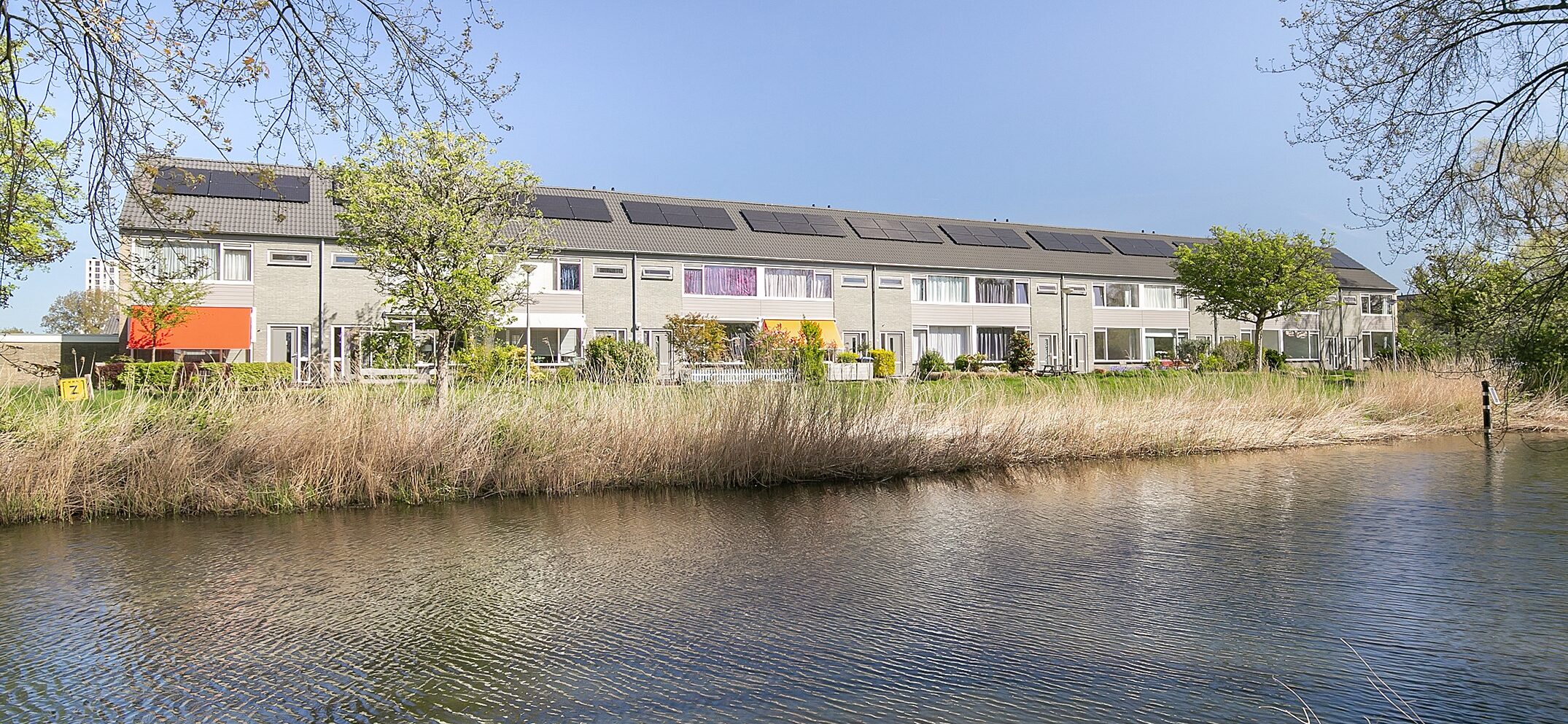An essential component in creating a sustainable future for the UK’s building industry is the ability to accurately measure, define, and verify that an asset’s construction and operation is in line with net zero carbon building definitions, aspirations, and targets.
The Net Zero Carbon Buildings Standard (NZCBS) is the first of its kind in the UK. Major industry advocates of sustainability, including BBP, the Carbon Trust, CIBSE, IStructE, LETI, RIBA, RICS, and UKGBC, champion the standard, which looks to define net zero and help industry towards a zero carbon future.
NZCBS has recently held a consultation describing the technical fundamentals behind the standard, and shared the metrics that will be used to assess buildings.
What is the standard?
The NZCBS sets out how to measure an asset’s net zero limits, targets, and performance requirements. The NZCBS targets take into account the building’s type/function and utilises data on what is possible to achieve for each type of building.
The limits will be developed using both top-down carbon budgets and bottom-up data from existing buildings. This is to get the best of both methodologies. On the top down side, this used the UK’s sixth carbon budget.
Using the standard
The NZCBS is intended to be used for both newly constructed and existing buildings.
The standard will initially focus on common building types as industry stakeholders have already collected a significant amount of data on these assets. At present, the standard aims to develop building performance limits and targets for the following building types: homes, offices, schools and further education, healthcare, sport and leisure, retail, culture and the environment, heritage, science and technology, hotels, commercial residential, logistics/warehouses and data centres.
Who is the standard and consultation for?
The collaborative nature of the development process involves a diverse array of stakeholders. Anyone with an interest or requirement related to net zero carbon buildings will find the NZCBS useful. This ensures that the definitions of net zero carbon buildings are not only technically robust but also practically feasible.
Developers, contractors, asset owners and managers, occupiers, investors, financiers and funders, consultants, building industry professionals, building managers and product/material manufacturers, suppliers, and distributors are stakeholders of the standard.
It is for any party that wants to fund, procure, design, or specify a net zero carbon building, or demonstrate that an asset is truly net zero carbon in accordance with an industry-recognised standard.
Consultation objectives
The technical update proposes performance levels for an array of buildings and sectors, giving industry a chance to review and respond to them.
These performance levels do not represent any energy or carbon limits an asset must meet – rather, they provide context of technical feasibility for participating sectors. The NZCBS includes a summary of the evidence provided. The data from the consultation will help set the best practices for the standard.
NZCBS are requested more embodied carbon data, alongside further support to help define operational performance levels on energy use.
Responding to the consultation
The consultation period has now finished.
There were a series of talking points raised within the consultation document, which respondents replied to as part of the consultation.
A webinar took place in July allowing stakeholders to ask questions about the consultation and standard. You can watch a recording here.
Expert insights on the Net Zero Carbon Buildings Standard consultation
Chris Pout is BRE’s principal net zero consultant and also sits on the NZCBS technical steering group.
What are the key aspects that make you excited about this technically?
The performance standards being established are firmly rooted in science and mirror the UK carbon budget allocated to the building sector.
The standard’s introduction will bring much-needed clarity to the definition of net zero carbon buildings. This will streamline the process of both specifying and delivering such buildings, while also curbing unfounded claims of achieving net zero status.
What key aspects are you most keen people respond to?
The consultation is particularly seeking input on the performance levels that accurately represent achievable milestones for operational energy and embodied carbon. Additional evidence that can contribute to refining the standard is also encouraged.
Another key consideration for the Standard is whether carbon offsets should be included. Here I would urge people to consider the arguments put forward in the consultation document before responding.
Martin Kemp (BRE’s sustainability product manager) said:
What stands out is the collaborative nature of the development process, which involves a diverse array of stakeholders.
This ensures that the definitions of net zero carbon buildings are not only technically robust but also practically feasible.
Consultation questions
NZCBS and BREEAM received feedback on the performance levels provided in the technical update, both for embodied and operational carbon emissions.
The consultation covered the following issues:
- Gathering and interpretation of embodied carbon data and the performance levels presented in the technical update
- Assumptions about future decarbonisation rates for embodied carbon
- The approach the standard should take to offsetting
- Whether a whole building approach is appropriate for all building types
- The proposed approach to setting embodied carbon limits
- The setting of embodied carbon targets for retrofits
- The proposed approach to verification of operational energy based on outcomes
- The proposed approach to setting operational energy targets for new existing and retrofit buildings
- The proposed exemptions from the “fossil fuel free” requirement.
- The proposal to include limits and targets to support demand management/flexibility
- The proposal to include limits and targets to support onsite renewable generation
- The proposed treatment of embodied carbon for onsite renewable energy generation
- The proposed approach to setting limits on refrigerant gases’ GWP
- The proposed treatment of district heating and cooling networks
- The proposed carbon accounting approach
- The proposed approach to developing top-down carbon budgets
How to take part
The consultation period has now finished.
The standard emphasises the importance of accurate measurement and evaluation of a building’s net zero status, whilst also promoting the adoption of sustainable materials throughout the construction process.
Discover more about BREEAM and its impact on buildings and communities. You may also be interested in a similar consultation on corporate standards from SBTI .
BREEAM news
Browse other BREEAM news

Revealing the indirect benefits of BREEAM certification

How BREEAM can support your journey to net zero carbon

BREEAM USA’s 2023 year in review: geographic and sector expansion drive robust certification growth

BREEAM Version 7 set to embrace new Biodiversity Net Gain legislation

Investing in tomorrow: Unpacking the economic upside of ESG with BREEAM and J.P. Morgan

BRE China Awards 2023 highlight pioneering sustainability initiatives
BREEAM case studies
Browse the latest case studies from BREEAM

Aligning ESG goals: LXP’s collaborative approach to Green Building Standards

Using BREEAM across an asset’s lifecycle: Hermes Business Campus

World’s largest real estate certification powered by BREEAM In-Use for Dutch investors Vesteda

Natural cosmetics company APIVITA awarded with BREEAM In-Use ‘Excellent’ rating for Athens headquarters ‘The Hive’

BNP Paribas Real Estate and Generali Real Estate achieve target of BREEAM In-Use V6 Excellent rating


